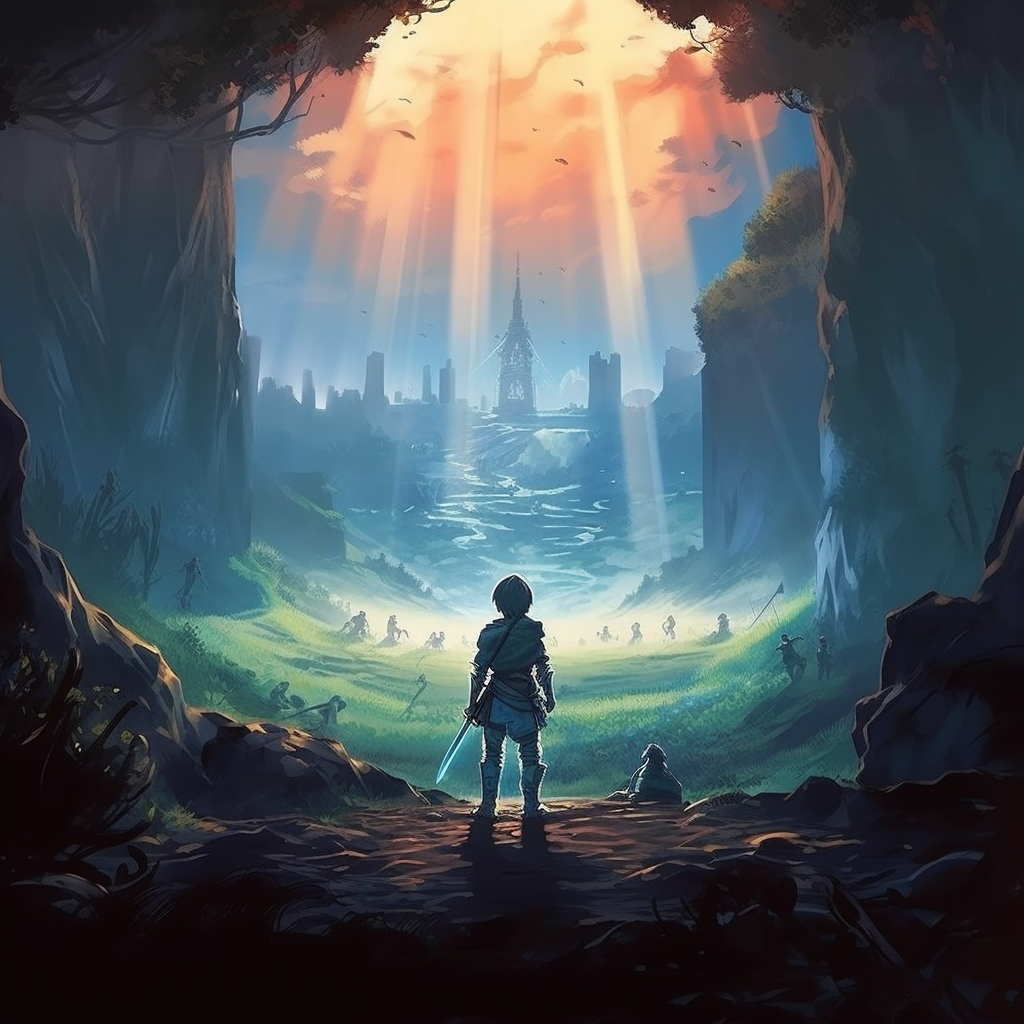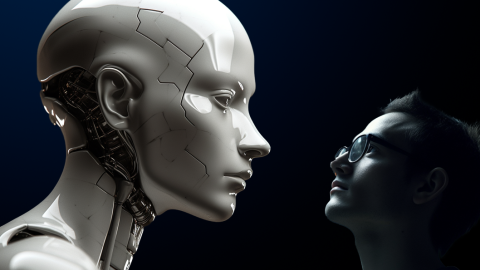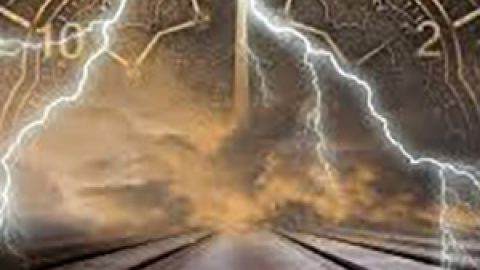It helps to have a ‘roadmap’ when you start writing, especially at the beginning of the novel where things can feel directionless and ‘blue sky’. With that in mind, I’ve tried to assimilate concepts that I’ve seen scattered through several books on writing, and present them in a single, compact form. The consensus seems to be that these things are ‘required elements’ of genre fiction, and if you fail to integrate them into your opening scene, you’re basically screwed.
Things the opening scene must do:
1. Hook the reader
a. Sentence 1, paragraph 1, page 1. Ensure intriguing, thought provoking first sentence/paragraph/page. If this fails, the audience will never turn to page 2
b. Clearly state the scene goal up front (as every scene must do). Whatever this goal is, the protagonist either cannot achieve it, or achieving it will have become meaningless by the end of the scene
2. Establish a compelling, unique voice and writing style. You can find some thoughts on that here
3. Introduce the protagonist and stake a claim to the uniqueness of their personality, especially their inherent flaws. The character must be someone the audience can empathize with. Keep in mind that different audiences resonate with different heroes
4. Establish the protagonist’s status quo. This is less about their personality, and more about the routine of their life. No backstory needed. Routine tedium is a bad thing. This opening scene puts the protagonist in their established routine, but by the end of the scene, that routine has been shredded
5. End the scene on a setback. This setback must be disruptive. It attacks the protagonist’s fundamental flaw and endangers their status quo. It is the first event in a chain reaction described in point 6 below
6. Overall, the opening scene provides the trumpet call that heralds the ending of normalcy in the protagonist’s life
a. We do this by describing the precise scenario that starts a chain reaction. There is no immediate change by the scene’s end, but the chain reaction will be a sequence of events that lead inexorably to change by the novel’s end.
b. This change will be the true journey that the protagonist will make. The entire novel will be the story of their permanent change as a person
Suggested further reading
How to Write a Novel Using the Snowflake Method
How to Write a Dynamite Scene Using the Snowflake Method
Super Structure: The Key to Unleashing the Power of Story
Write Your Novel From The Middle: A New Approach for Plotters, Pantsers and Everyone in Between










